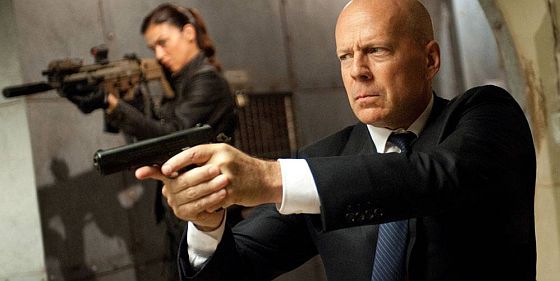
A lot of gun owners indulge in childish fantasies about the ways in which weapons protect life. That’s hardly surprising when as an icon in American culture a gun’s power is invested in the finger on the trigger, not the kinetic force of metal ripping apart flesh. Thus when witnessing gun violence on the screen, we are much more often intended to identify with the shooter than the person being shot.
Doctors in emergency rooms, however, have no illusions about what guns do. David H. Newman, director of clinical research in the department of emergency medicine at Mount Sinai School of Medicine and an Army veteran, describes their effects:
Here is just some of what I have seen over the years. In Baghdad, I saw a 5-year-old girl who was shot in the head while in her car seat. Her father, who knew she was dying before I said it, wept in my arms, as bits of her body clung to his shirt.
Much of the gun violence I have seen, though, I have seen on home soil, here in the United States. There was a 9-year-old girl, shot in the chest by an assault rifle during a “drive-by” gang shooting, in a botched retaliation for a shooting earlier that day. She was baffled, and in pain, with a gaping hole under her collarbone.
I have also seen an 8-year-old who found a shotgun in the closet while playing with a friend. The two boys pointed the weapon at each other a number of times before the gun accidentally discharged. The 8-year-old arrived in my emergency department with most of his face blown off. Miraculously, he survived.
Another child I will never forget was a 13-year-old who was shot twice in the abdomen by an older boy who mistook him for one of a group that had bullied and berated him a week earlier. Slick with sweat and barely conscious, he groaned and turned to look at me. Soon after, he died in the operating room. His mother arrived minutes later, wide-eyed and breathless.
I do not know exactly what measures should be taken to reduce gun violence like this. But I know that most homicides and suicides in America are carried out with guns. Research suggests that homes with a gun are two to three times more likely to experience a firearm death than homes without guns, and that members of the household are 18 times more likely to be the victim than intruders.
I know that in 2009, the most recent year for which data is available, nearly 400 American children (age 14 and under) were killed with a firearm and nearly 1,000 were injured. That means that this week we can expect 26 more children to be injured or killed with a firearm.


I understand it is the American way to point a finger at someone else. My read is we are a violent people. Blamers and blamed alike. As long as we refuse, each and every one of us, to carefully examine ourselves, this will continue. Violence permeates everything. Violence isn’t about guns, it’s about people who are violent and guns simply make it easy. In addition, we blame particular types of violence. In my sick old head, sending 1.5 million American kids hungry to bed each day is violence. The recent cut in an already inadequate food stamp program is violence. We think nothing of slashing Social Security increases to the elderly who receive about 1200 a month. Try living on that anywhere. The list is long. But if you want to focus on physical violence, just go down to the local bar and try to discuss anything without threats of getting your head beat in. Last yr, 75% of the weapons sold in the world were American made. We have troops in over a hundred countries where we routinely kill whoever gets in our way. Anyone who doesn’t see the “Christian values” spout of the vast majority of Americans as hypocracy simply ignores reality. Basically we are an angry, arrogant people. Violence IS America.
America certainly has a culture of violence, but having lived in several countries and visited many others, I can say with some confidence that Americans are not by nature any more violent than anyone else. Having said that, by making social responsibility subordinate to personal autonomy, there is in this country a prevailing mentality that everyone needs to take care of themselves. Self-reliance — in itself an admirable quality — can them become distorted, leading to indifference about the welfare of others.
Who has the strongest social values in America? From what I’ve observed I’d say Latinos. The end of white rule is not so far away and probably can’t arrive too soon.